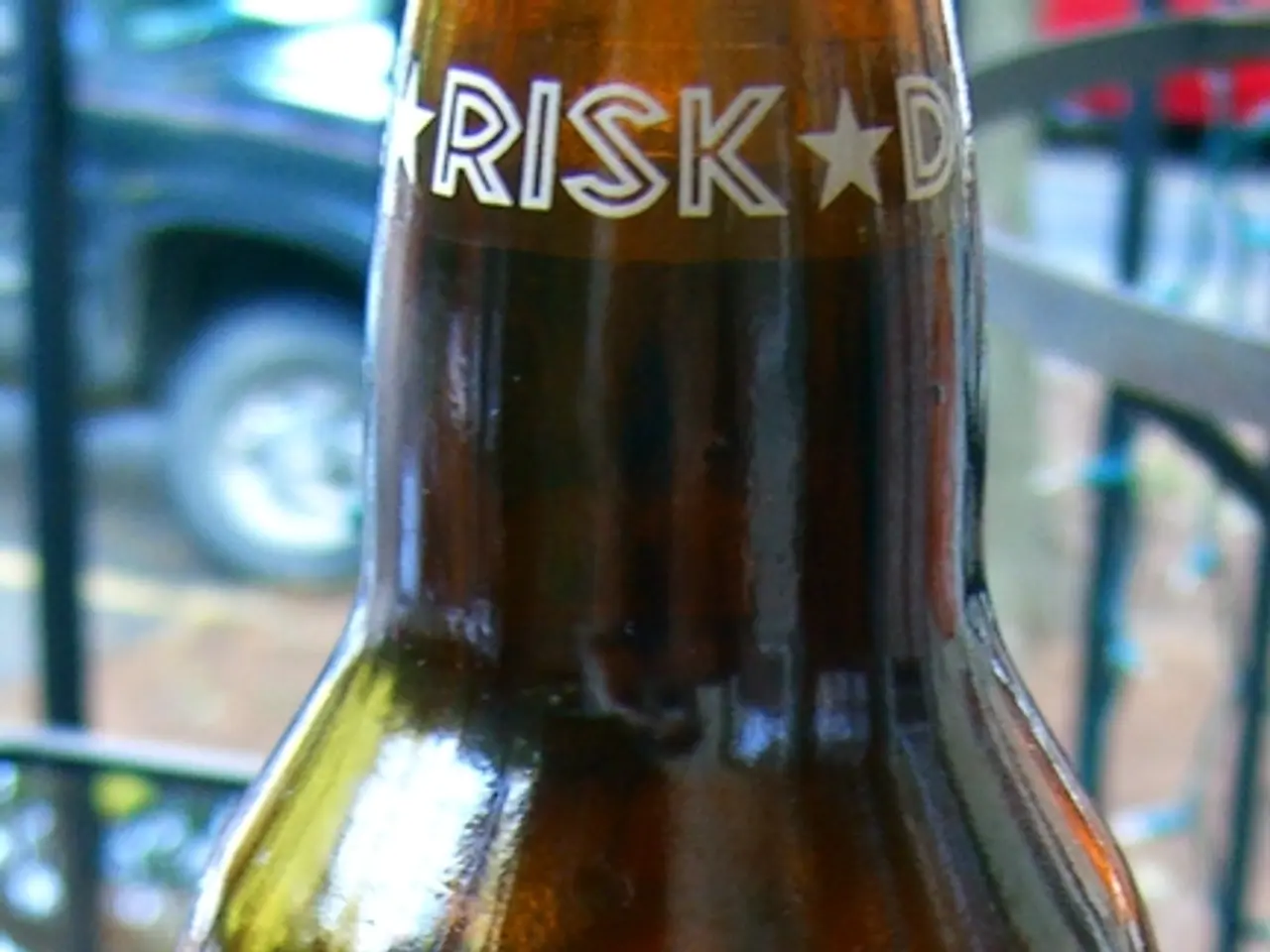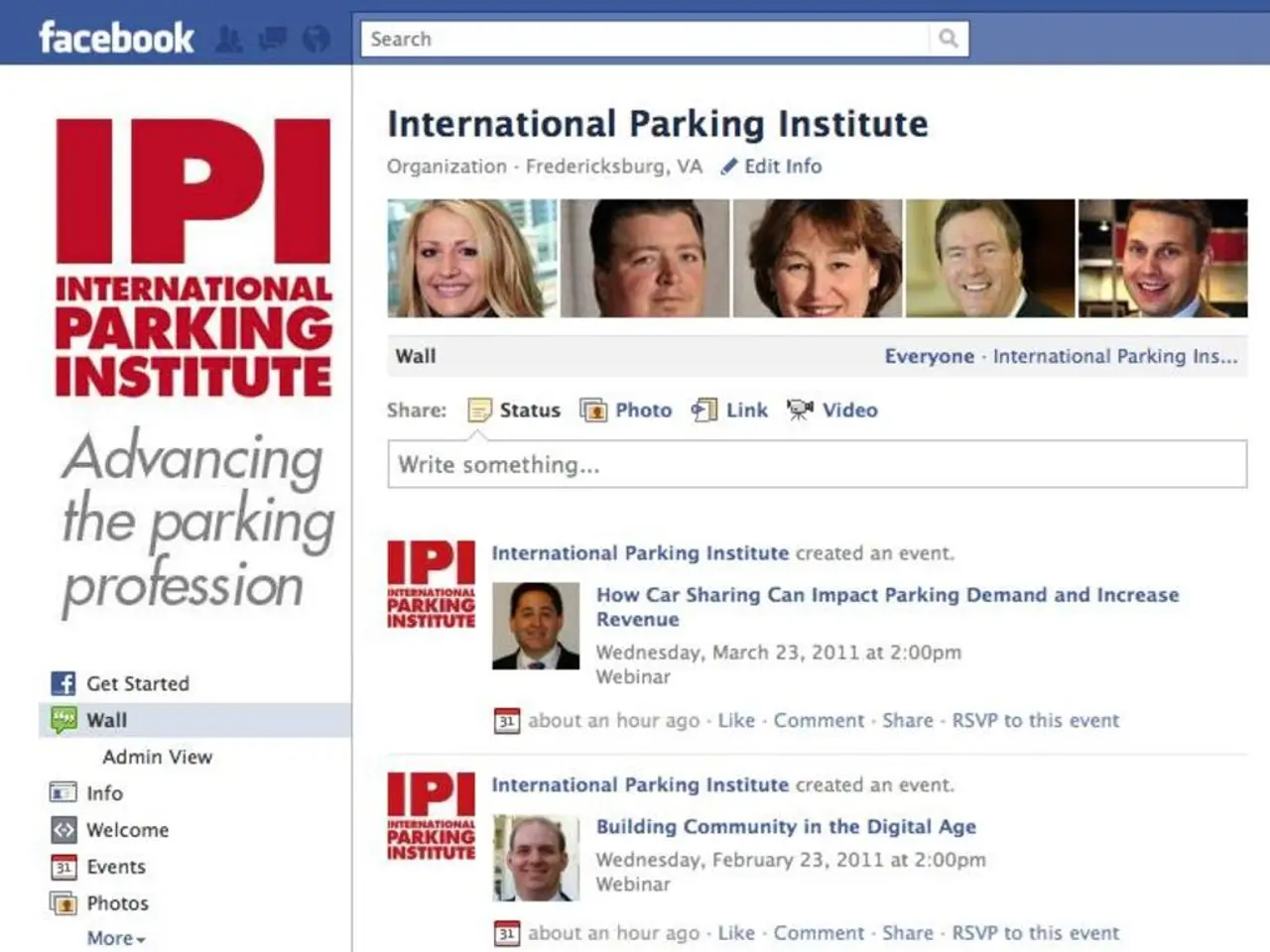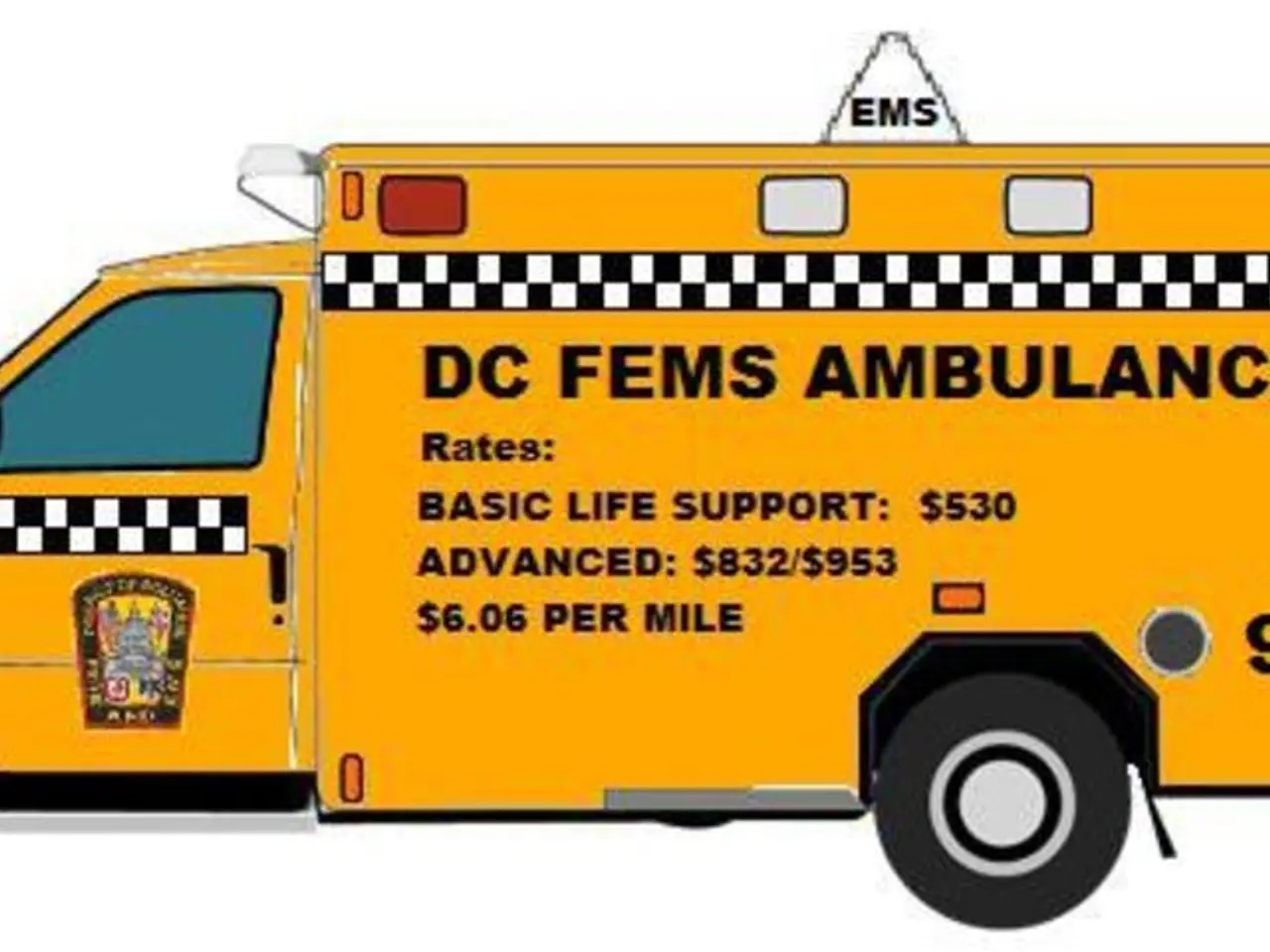Alcohol Can Cause Facial Flushing: An Explanation
Facial flushing when drinking alcohol can be a common and embarrassing experience for some individuals. But did you know that this reaction can be caused by various factors, including alcohol intolerance, genetic predispositions, and the body's processing of alcohol?
One such condition is the alcohol flush reaction, where the body lacks an enzyme called aldehyde dehydrogenase 2 (ALDH2), which is essential for breaking down acetaldehyde, a toxic byproduct of alcohol metabolism. Without this enzyme, acetaldehyde builds up, causing blood vessels to dilate and leading to facial flushing, nausea, and other symptoms. This condition is more prevalent in East Asian populations, where up to 50% of individuals may experience facial flushing after drinking due to genetic variations affecting ALDH2.
Moreover, alcohol itself can cause blood vessels to widen, increasing blood flow and leading to flushing. Some people may also react to ingredients like sulfites in wine or histamines in beer, experiencing mild allergic-like symptoms including tingling or flushing.
While facial flushing can be a sign of alcohol intolerance or genetic predisposition rather than a more severe condition, it is important to be aware of the associated health risks. Individuals experiencing alcohol flush reaction may have a higher risk of esophageal cancer if they continue to drink. Facial flushing can also be linked to other health concerns, such as high blood pressure.
To manage symptoms, reducing alcohol consumption or avoiding it altogether can be beneficial. Opting for drinks with lower histamine levels might help reduce symptoms for those sensitive to ingredients in alcohol. If symptoms are severe or persistent, consulting a healthcare provider to rule out underlying conditions is advisable.
For those suffering from rosacea, a skin condition marked by vasomotor instability or hyperactivity, causing blood vessels to dilate, oral antibiotics like doxycycline or minocycline are often prescribed. Topical medications like brimonidine can also block blood vessels in the skin from dilating, helping with facial flushing. Laser treatments can shrink the superficial blood vessels in the skin, but they are considered cosmetic and may not be covered by insurance.
It's essential to note that excessive alcohol consumption increases the risk for oral cancer and esophageal cancer. Therefore, if facial flushing is an issue, avoiding alcohol altogether might be the most effective solution.
In conclusion, understanding the causes and risks of alcohol-induced facial flushing can help individuals make informed decisions about their alcohol consumption. By being aware of the potential health risks and taking steps to manage symptoms, one can enjoy social occasions while minimizing potential health issues.
Health-and-wellness advocates may recommend reduction or avoidance of food and drinks containing alcohol for individuals prone to facial flushing, as their health might be at risk, potentially leading to esophageal cancer or high blood pressure. Additionally, knowledge about nutrition could help identify triggers like sulfites in wine or histamines in beer that might cause mild allergic reactions, leading to symptoms such as facial flushing.




